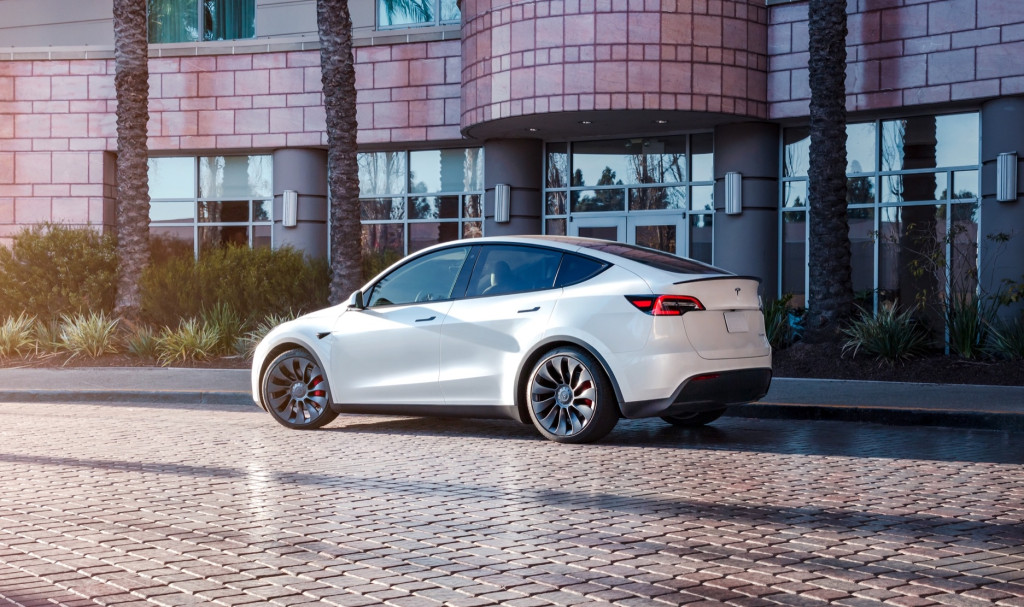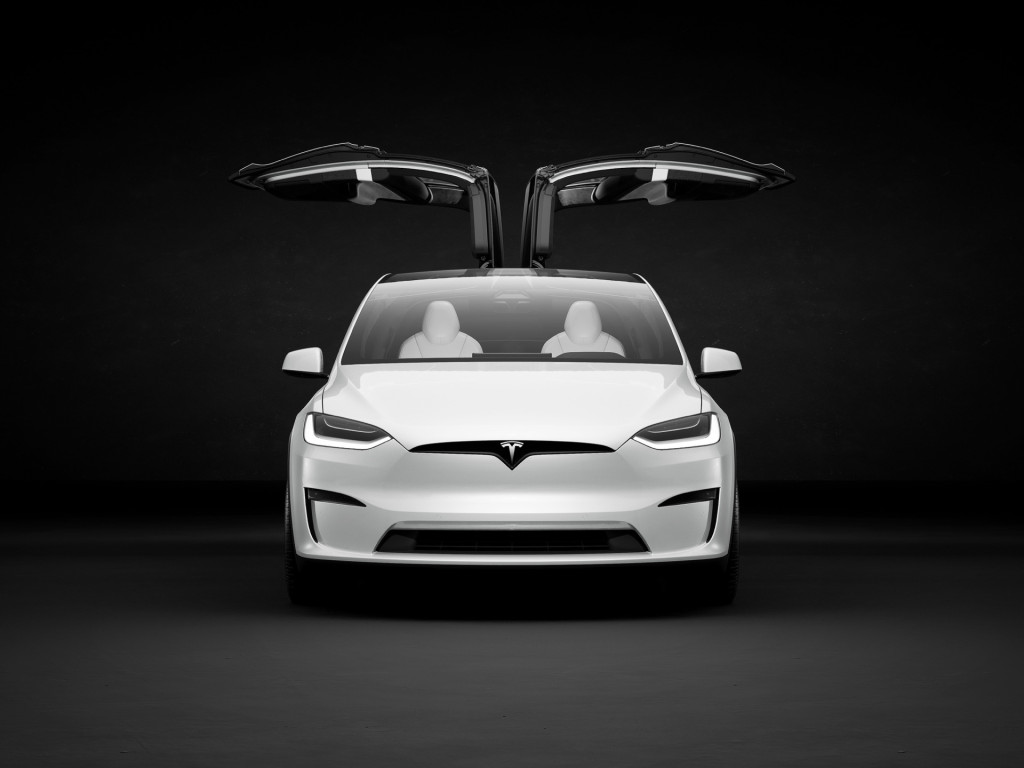California EV sales increased again in 2022, with Tesla once again taking the lead. But could other automakers' expanded EV sales threaten Tesla's top-dog status?
Firstly, 2022 was another good year for zero-emission vehicle (ZEV) sales in California. This week, the California Energy Commission (CEC) reported 345,818 new light-duty ZEV sales for the year, including 292,496 battery-electric vehicles, 50,748 plug-in hybrids, and 2,574 fuel-cell vehicles.
The EV total represents 16% of 2022 California new-vehicle sales, continuing the momentum from mid-2022, when EVs cracked 15% of the vehicle market in California for the first time.

2023 Tesla Model Y - Courtesy of Tesla, Inc.
Tesla sold 212,586 vehicles in California in 2022, representing 73% of the EV total for the year. The automaker's lineup also locked out the top slots. The Model 3 was the bestselling EV in California in 2022 with 94,683 sales, followed by the Model Y (93,872), Model X (13,319) and Model S (10,712).
After Tesla, the Chevrolet Bolt EV and EUV combined are a distant second, then the Mustang Mach-E, then Hyundai Ioniq 5. But each of those models came in at fewer than 10,000 sales for the year—even lower than the Model X or Model S individually. Ford also delivered just 2,233 F-150 Lightning pickups in California last year, despite apparent enthusiasm for that model.
Yet Tesla's 2022 California sales figures also hint at a decline toward the end of the year. The automaker had 78% of the California EV market in Q1 2022, but 73% for the year overall. But looking at 2021 results from the same interface, it doesn't appear that Tesla's lead is shrinking quite yet.

2023 Tesla Model X - Courtesy of Tesla, Inc.
Other automakers will need to significantly ramp up their efforts to meet California's ambitious targets. The state still plans to put an end to new internal-combustion vehicle sales by 2035—if you don't consider plug-in hybrids.
Even with that policy in place, it's going to take a long time for the fleet to turn over. EVs currently make up just 1.7% of the light-duty vehicle population in California, according to the CEC. So gasoline and diesel vehicles will likely remain on the road long after the cutoff date for new-vehicle sales.












